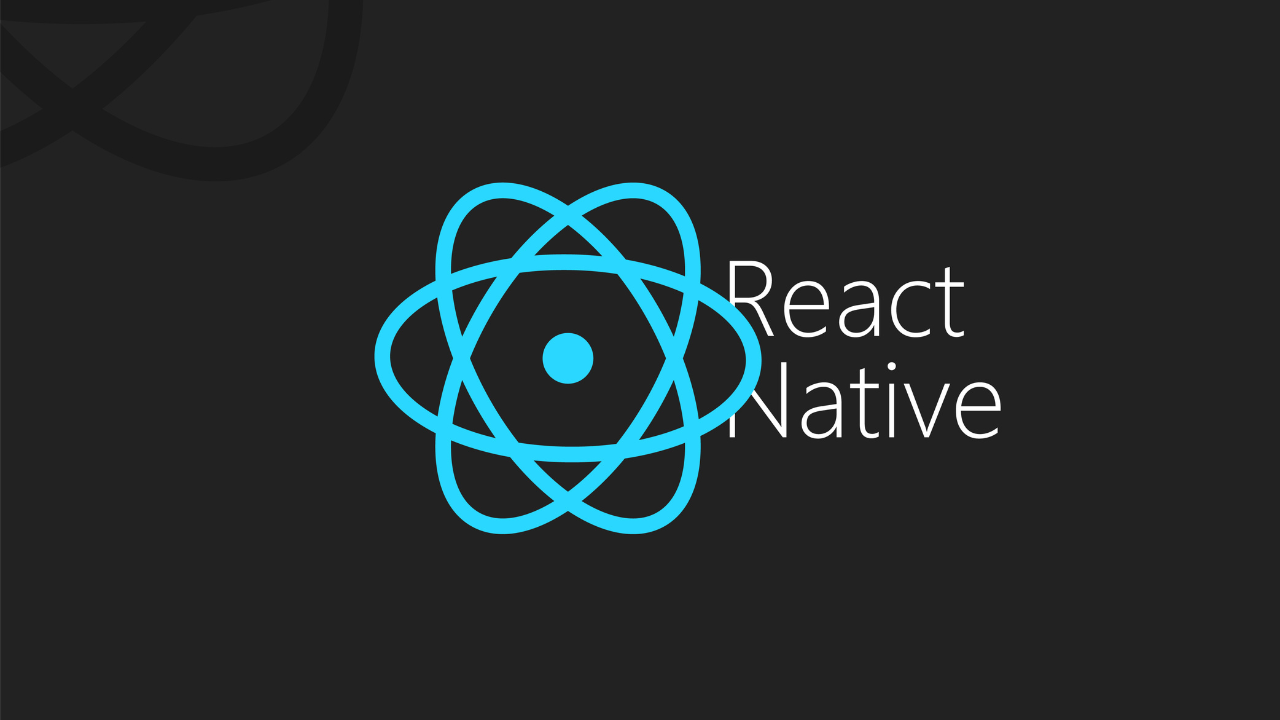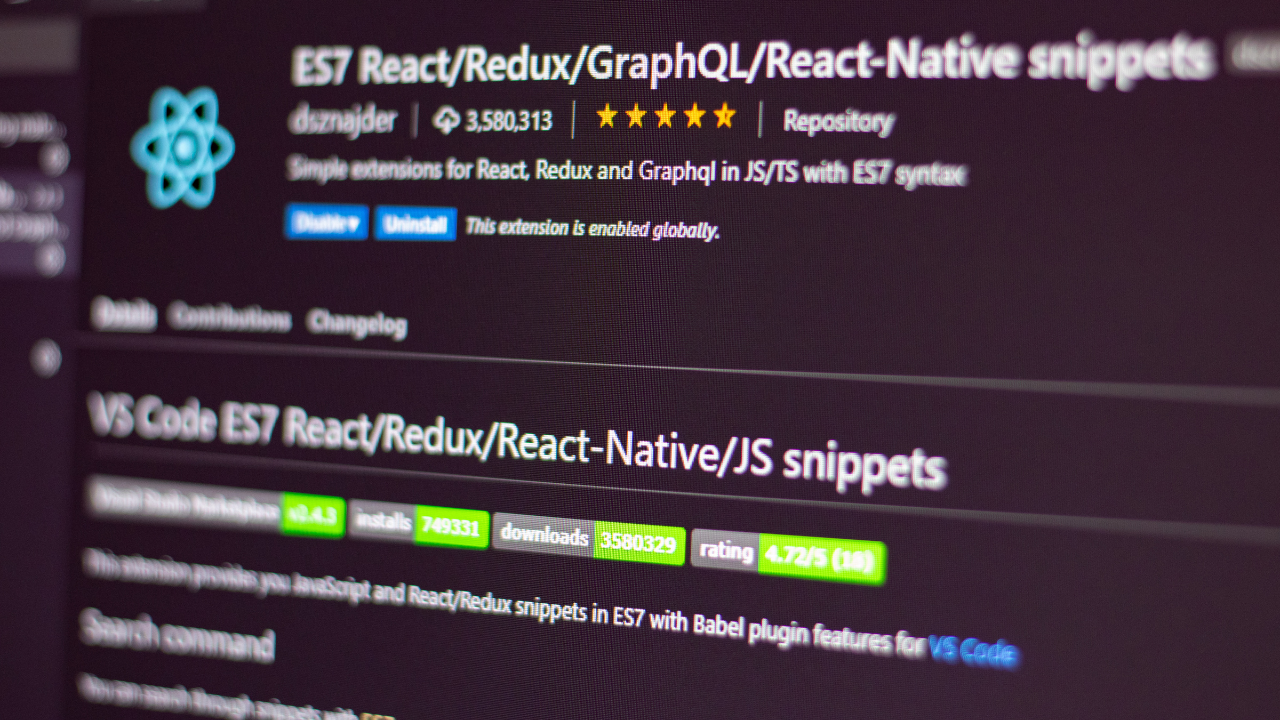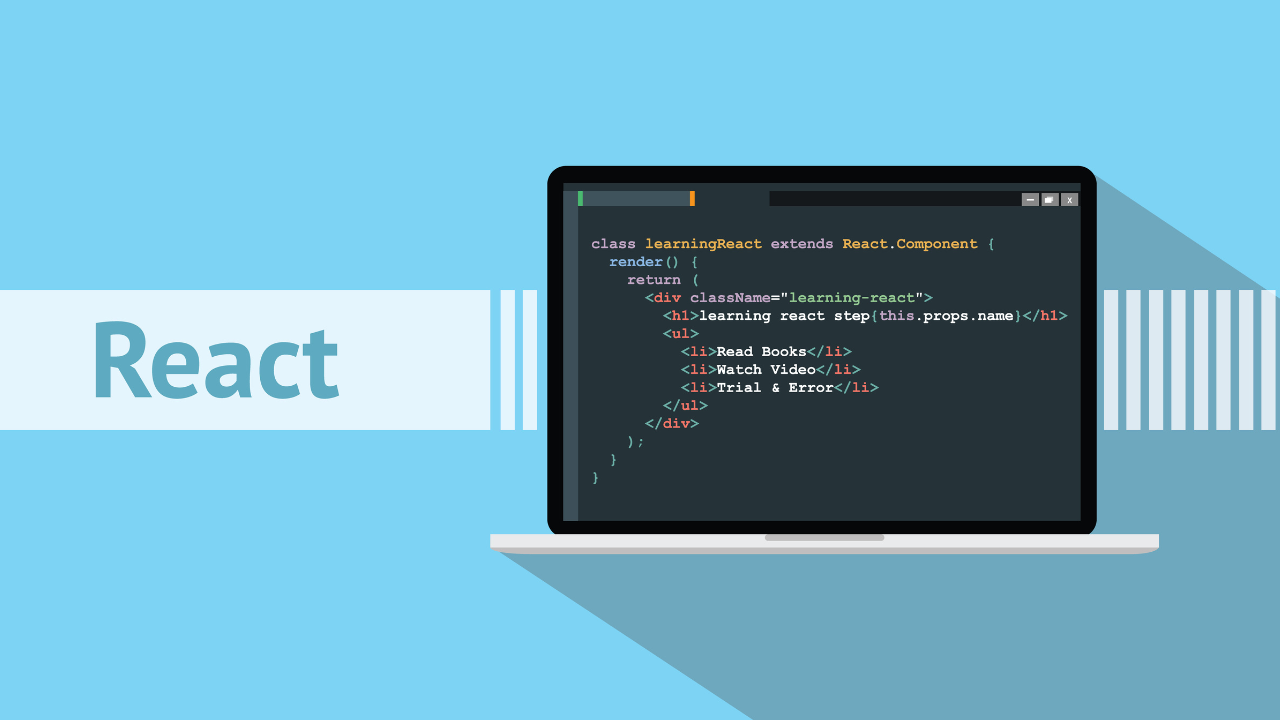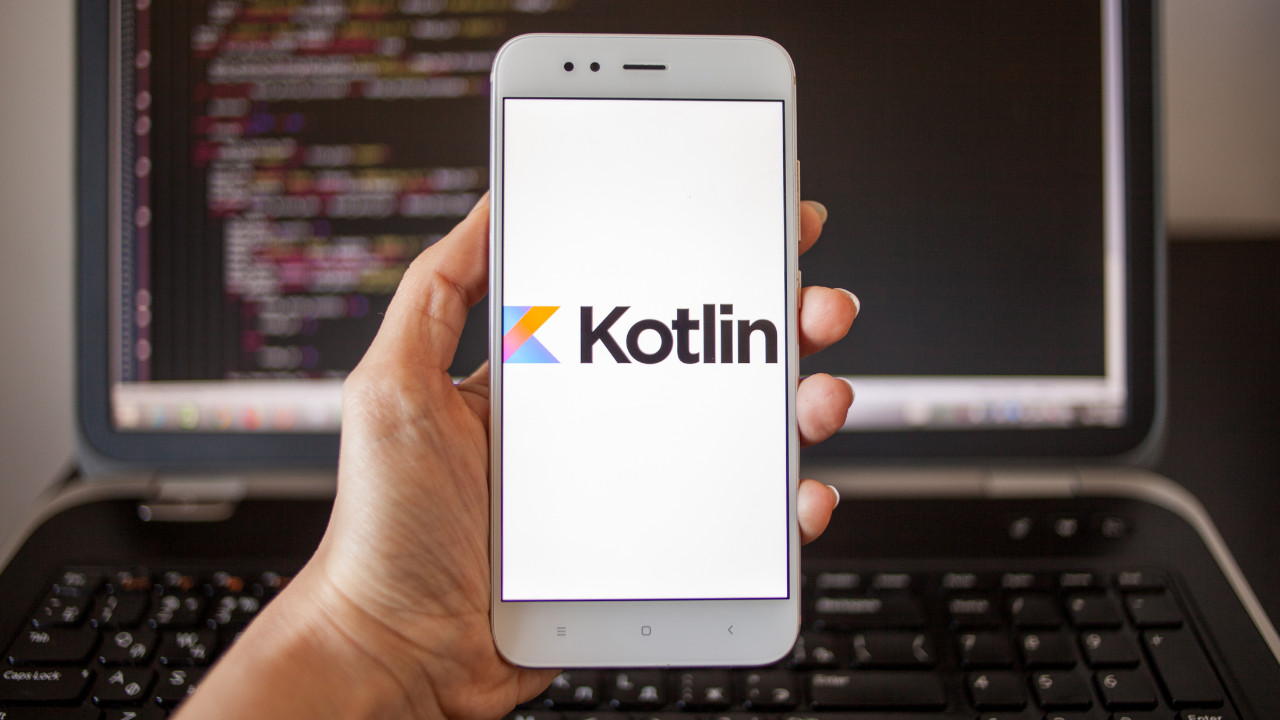React Native: The Perfect Choice For Mobile App Development?
React Native for mobile app development – it was initially developed by Meta for its own internal app development, before being made available to the public.
Since launching, React Native (RN) has made huge strides forward against its competitors (such as Flutter for instance). Now, it is one of the front-runners for hybrid app development.
Ten years ago, fully-native solutions were the only way to create a high-quality mobile experience. Because of this, expertise in Objective C and Java (which has since been replaced by Swift and Kotlin – for native iOS/Android development) was an essential requirement. However, times have changed.

React Native for mobile app development – it was initially developed by Meta for its own internal app development, before being made available to the public.
Since launching, React Native (RN) has made huge strides forward against its competitors (such as Flutter for instance). Now, it is one of the front-runners for hybrid app development.
Ten years ago, fully-native solutions were the only way to create a high-quality mobile experience. Because of this, expertise in Objective C and Java (which has since been replaced by Swift and Kotlin – for native iOS/Android development) was an essential requirement. However, times have changed.

Nowadays, it’s all about React Native, which is a hugely popular choice in the development community. Rather than rendering embedded web views, unlike its predecessors, React Native (RN) renders actual native components.
And like all hybrid approaches, the main appeal of React Native is that it is cross-platform. So rather than having to develop two completely different apps (i.e. one for iOS, and one Android), developers will only have to write their code once, and the React Native framework will take care of the rest – when it comes to translating it to OS.
Being cross-platform is a major upside of using React Native, because development is so much quicker (which is perfect for those who desire both an iOS and Android app within a short timeframe). The other upside is the tech stack: React is one of the most popular frontend web libraries there is.
However, as with everything in life, there are some draw-backs, too:
- Some native elements can’t be utilised with React (there are usually ways around this, though),
- React Native doesn’t support all native functionality out-of-the box. For instance, if a new native feature is being developed by Apple or Google, there could be a lag in getting the React Native team to introduce the necessary plugins for integration,
- The extra layer of abstraction added by the React Native framework can make it harder to debug or fine-tune behaviour, because developers can’t access the native APIs directly, and:
- Delivering a new feature for two mobile versions can take on average – twice as long.

The Benefits:
React Native is an appealing choice for many businesses, because there are so many developers out there that are familiar with Typescript and React, so it’s easier to support in the long term.
However, if time, budget, and expert availability isn’t an issue for you (and strong customisations and updates for iOS/Android will be frequent), going fully native is probably your best bet.
All in all though, the benefits (i.e. the speed of development, and the availability of expertise) far outweigh the issues (such as having to deal with slightly trickier integrations, and performance issues – for apps with a very high CPU usage).

Kotlin Multiplatform Mobile (KMM)
Another option is Kotlin Multiplatform Mobile, which is widely-used for cross-platform native mobile app development.
Developers that require an iOS, AND an Android version have been known to rely on Kotlin for its flexibility and reduced development time.

To Summarise
In reality though, it doesn’t really matter what you use.
What matters is that you make the right decision for you, your customers, and your business.
And the best way to make the right decision – is to weigh up the pro’s and con’s of React and Kotlin, alongside the other options out there, before stress-testing them against your own situation and requirements.
And if you’re still struggling, we’d love to help.
At Wirebox, we help companies like yours to build engaging digital experiences with React and Kotlin. Get in touch here to find out more.
